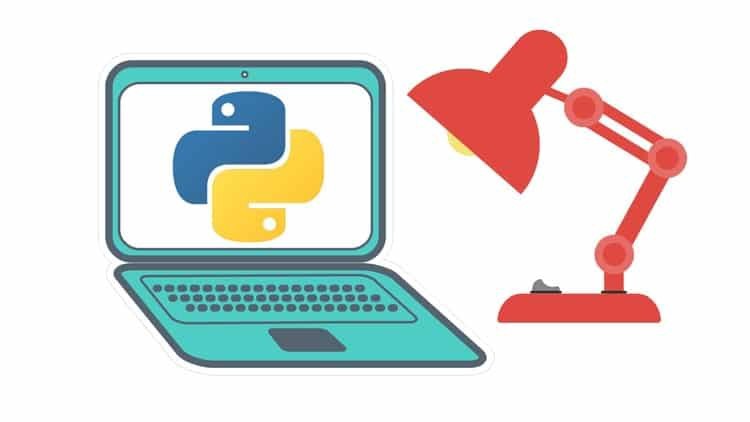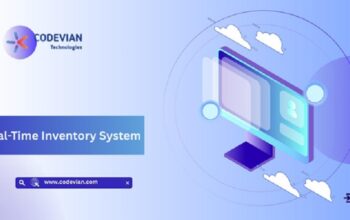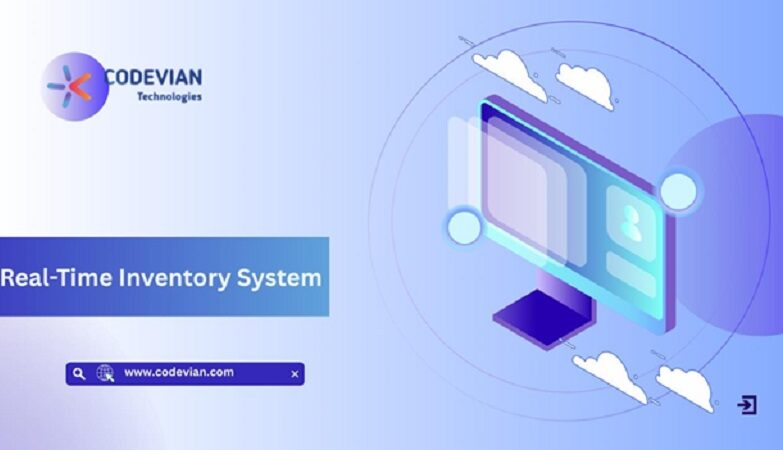The Python language has much strength. Due to its minimalism, it requires very little time to start using it. Its syntax is designed to be readable and straightforward. Beginners can learn to master it easily. Thus, developers spend more time trying to solve problems than dwelling on complexities of language.
Another advantage is the popularity of Python. Massively used, this language is supported by most operating systems, and there is a large number of libraries and APIs of compatible services. Despite its ease of use, this language can be used for scripting and automation as well as for professional quality software development. It is therefore extremely versatile. Additionally, each update to the Python language adds new, very useful features that keep it aligned with modern development practices. In fact, it does not sink into obsolescence.
Python’s Weaknesses
Despite its much strength, Python is not suitable for all tasks. It is a “high level” language. It is therefore not suitable for programming at the system level. It is also not ideal for situations requiring independent cross-platform binaries. An independent application for Windows, mac OS, and Linux won’t be easy to code in Python. With Python classes in Pune this goes perfect.
Finally, it’s best to avoid Python for situations where speed is a top priority for the application. Better to turn to C and C ++ or another language of the same ilk. Each function and module are considered objects by Python. This simplifies writing high level code, but slows down the speed.
The dynamism and malleability of the objects make optimization difficult, even after compilation. Thus, Python is significantly slower than C / C ++ or Java. However, it is possible to speed up math and statistics operations using libraries like NumPy and Pandas.
Additionally, Python uses a lot of white space. This is sometimes seen as an advantage, but also as a disadvantage. Some reject this language because of this point, but it actually makes the syntax more readable.
Differences between Python 2 and Python 3
Two different versions of Python are available. The old version, Python 2, continues to be heavily used even though it has not received an official update since 2020. The current version, Python 3, brings some important and practical new features. These include new syntax features, better concurrency controls, and a more efficient interpreter.
The adoption of Python 3 has been slowed by the lack of compatibility with third-party libraries. Many of these are only supported by Python 2. So it’s difficult to transition. This issue has resolved over the past few years, and Python 3 is now the best choice for new projects. This goes perfect with Python Training in Pune now.
Python Libraries
The libraries Python is one of the main reasons for its success. It is a large ecosystem of software developed by third parties. This collection has been enriched and extended over the decades. Several standard libraries are available, offering modules adapted to the most common programming tasks: networking, asynchronous operations, threading, file access, etc.
Some modules also make it possible to manage high-level programming tasks necessary for modern applications. This can be reading and writing structured file formats like JSON and XML, handling compressed files, or working with web protocols and data formats.








